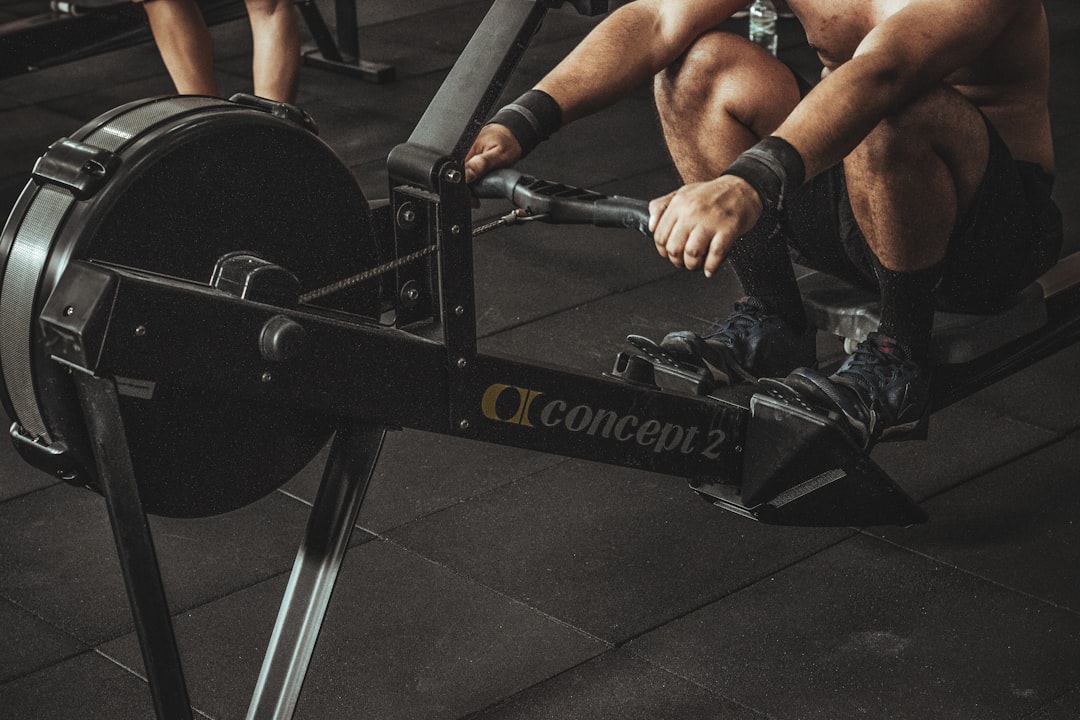What can I do about my POTS? Part 2
At-home solutions for patients with postural orthostatic tachycardia syndrome.
In the first part of this series we introduced two helpful interventions that can help POTS patients manage their symptoms: increasing fluid intake and increasing sodium consumption. In this part we will cover a few other tips that form the basics of an at-home plan for people with POTS.
Improving your exercise tolerance.
Photo by Victor Freitas on Unsplash
This may seem counterintuitive to a person with POTS since exercise can increase your heart rate and when standing this may precipitate symptoms; however, research has shown that improving the conditioning of your heart can lead to better cardiac output - this means your body will have an easier time distributing blood volume throughout.
Experts recommend starting a gradual aerobic exercise program, which may be easiest to do in the sitting position. Using equipment like a recumbent bike or rowing machine can facilitate entrance into a fitness program. If you have access to a pool, swimming can be another activity that may be well tolerated. To start, you can engage in 30 minute exercise sessions 3 to 4 times per week with the goal of reaching about 75% of your maximum predicted heart rate.
Exercises that improve the strength of your legs will also be helpful - when you stand, your leg muscles will help improve the return of your blood volume up toward your head!
Compression devices.

A commonly used tool for people with POTS are compression garments. Most people use compression stockings, which help support your leg muscles in the movement of your blood volume. Stockings that go all the way up to your waist may be most helpful, but some people may find these to be bothersome if having to wear for prolonged periods. The stockings you use should not have more than 30-40 mmHg of compression. An alternative to stockings is to use an abdominal binder with 10 mmHg of compression. There is some suggestion from research studies that abdominal compression may work better than leg compression alone.
Other lifestyle habits.
Photo by Luke van Zyl on Unsplash
Avoiding prolonged bed rest is important to maintain the condition of your leg and heart muscles, which help distribute your blood volume to the rest of your body. When upright, some people with POTS have found that tensing their lower extremities or crossing their legs can help in decreasing their symptoms. If you are standing, shifting your weight from one leg to the other and back can also help reduce symptoms by maintaining more muscle activity. Improving your sleep quality can also help with your overall wellness.
We hope these tips can help people with POTS gets started toward relief of their symptoms. If your symptoms are not manageable, check in with your doctor to build a care plan that works for you. Empirical Health can help if you don’t have a doctor or your medical team is unavailable.
If you missed it, check out Part 1 of this series to learn about a few other at-home treatments that can help alleviate POTS symptoms.



